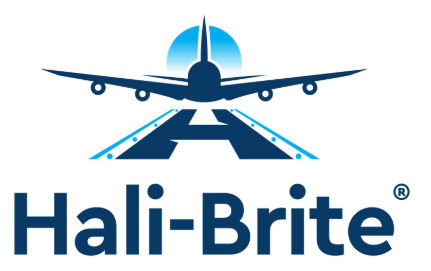The airline industry is rich in collaborative events. One of the most exciting but underrated stories is how pilots used to locate airports at night before the invention of rotating airport beacons.
Here, you’re going to learn how a mere bonfire acted as a catalyst for today’s modern airport lighting system. Continue reading below to know the rotating airport beacon’s history.
Table of Contents
Rotating Airport Beacons Origin
During the early days of flight, pilots did not benefit from navigational aids, computers, and rotating airport beacons. They were purely dependent on sight, relying only on visual landmarks seen through their cockpit windows. That means nighttime flying was a big no or a near-suicidal route for pilots back then, except for those with incredible vision.
However, being only dependent on sharp-eyed pilots won’t do any good for businesses, especially the airmail industry. Airmail worked around the clock, so airmen had to invent something. And in 1919, someone did: US Army Air Service Lieutenant Donald Bruner.
Lieutenant Bruner lit bonfires to help pilots see runway locations, and it served as the first-ever recorded artificial beacon for night flying. Although this method seemed impractical and unreliable, news spread about it and its effectiveness.
In February 1921, airmail pilot Jack Knight proved the efficacy of the bonfire method. On his all-night flight from North Platte to Chicago, he landed safely after his post office colleagues (together with farmers in the area) lit the pitch-black prairie with lines of bonfires. That night solidified Lt. Bruner’s idea for lighting airport boundaries with lighting systems to guide pilots, which all materialized around July 1923.
Dawn of Airport Lighting Systems
Electric light beacons – accurately known today as airway beacons – quickly replaced these bonfire methods in 1923 by both the military and US Post Office. They were placed on top of towers and had a white rotating beacon searchlight with a 500 to 1,000-watt lamp and a 24-inch diameter mirror. The light from these beacons was visible up to 40 miles in clear weather.
Credits: FAA.gov
These first-generation airway beacons used two-course lights mounted on the tower below the rotating beacon. The additional lights provide vital information to the pilots.
Lighting Codes Used in Airway Beacons
-
- Two red lights: no airfields nearby
- Two green lights: emergency landing area nearby
These lights were necessary because radio communication was not yet used for airplanes and wouldn’t be until years later.
While their implementation of airway beacons was slow at first, things quickly picked up with the passage of the Air Commerce Act in 1926. After this, the establishment of airway beacons exploded. And in 1933, over 1,500 beacons were in place, lighting over 18,000 miles of airways – guiding pilots to land safely.
In 1946, 2,112 airway beacons were operating in the country. However, with the development of radio beacons and other forms of navigational aid, these went obsolete. And in 1972, the last federal airway beacon finally turned off its light.
Rotating Airport Beacons – Present Time
Airports now equip themselves with aerodrome beacons or rotating airport beacons. Airports usually install them on top of their control tower (or their highest building in the area) to help pilots spot them at night faster.
Modern beacons also help pilots identify the type of airport through these indicators:
Flashing Rates
-
- For airports, landmarks, and points on federal airways: 24-30 flashes per minute
- For heliports: 30-45 flashes per minute
Color Codes
-
- Lighted heliport: green, yellow, and white
- Hospital and emergency services heliport: white, green, and red
- Lighted land airport: green
- Military airport: white, white, and green
- Lighted water airport: white and yellow
- Lighted land airport: white and green
Wrapping Up
How we navigate the skies has come an incredibly long way. From the crude bonfire set by Lt. Bruner to the first-generation airway beacons, lighting has always been an essential tool for airmen to fly safely across vast distances at night.
Even with our present-day powerful computers and better navigation systems, we still rely on lights. That’s why here at Hali-Brite, we continue refining our rotating airport beacons to eliminate the risks of accidents during nighttime flying.
If you have an airfield that requires dependable lighting systems, we can help you. Please feel free to contact us here.
